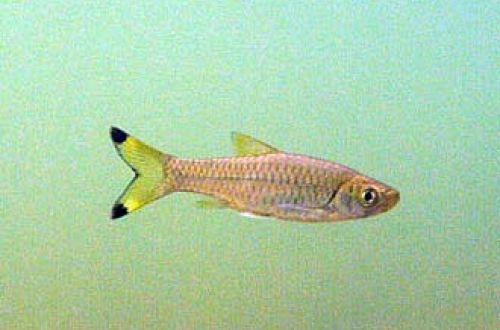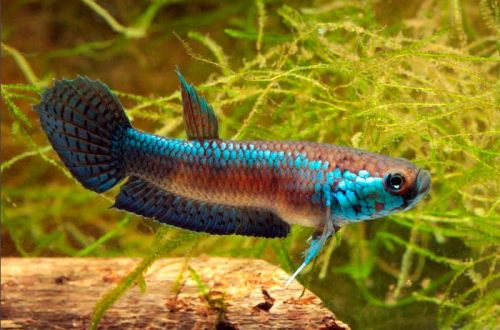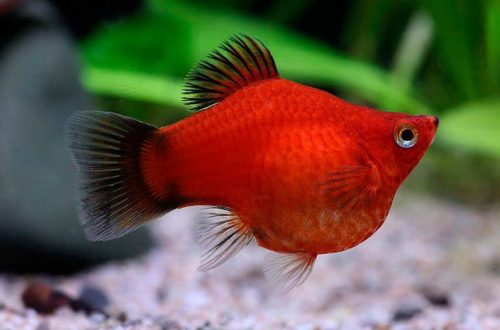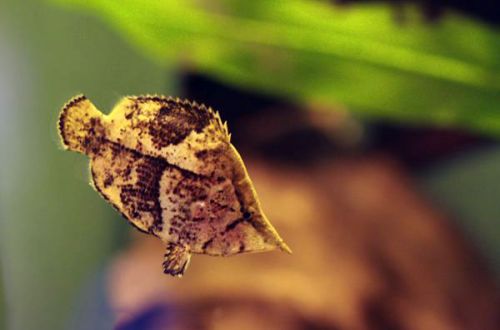
Rasbora simple
Rasbora is simple, scientific name Rasbora rasbora, belongs to the family Cyprinidae (Cyprinidae). The name of the fish indicates a rather simple, if not plain, color in comparison with its brighter relatives. In many ways, this explains its weak distribution in amateur aquariums.

Contents
Habitat
The natural habitat presumably extends to South and Southeast Asia, to the territory of modern Pakistan, India, Bangladesh, Myanmar and Thailand. Inhabits small streams and rivers with a moderate current, flowing through hilly and / or mountainous areas.
Description
Adults reach a length of about 13 cm. The main color is gray, but given the wide natural habitat, some color forms may exist. Sexual dimorphism is weakly expressed. Males look somewhat slimmer than females, which is especially evident during the spawning period.
Behavior and Compatibility
Peaceful schooling fish. Prefers to be in the company of relatives. Single content should be avoided. Compatible with most non-aggressive species. But it is worth remembering that, due to its activity, it can make a bad neighborhood for slower fish.
Brief information:
- The volume of the aquarium – from 250 liters.
- Temperature – 24-28°C
- Value pH — 5.8–7.5
- Water hardness – soft to medium hard (1-14 dGH)
- Substrate type – any
- Lighting – subdued
- Brackish water – no
- Water movement is weak
- The size of the fish is about 13 cm.
- Food – any food
- Temperament – peaceful
- Keeping in a flock of 8-10 individuals
Maintenance and care, arrangement of the aquarium
The optimal size for a flock of 8-10 individuals starts at 250 liters. The design is not as important for maintenance as the quality of the water. In the aquarium, it is recommended to provide places for shelters and free areas for swimming. Natural snags, heaps of stones, thickets of plants are perfect as shelters.
Being native to the flowing waters of Rasbora, it is simple and sensitive to water quality. The accumulation of organic waste should not be allowed, which can be achieved by regular maintenance and weekly replacement of part of the water with fresh water. Of course, the smooth operation of the filtration system will play its role.
Food
Omnivorous species. Will accept most dry, frozen and live foods used to feed other Rasbors.
Breeding / breeding
Due to its rarity in home aquariums, there is no reliable information on successful cases of breeding Rasbora simple. However, reproduction features are probably similar to other members of the genus.
In nature, spawning usually occurs among thickets of coastal plants. Females and males simultaneously release eggs and milk. Fertilized eggs sink to the bottom and are lost at the roots of plants. Parental instincts are not developed, so eggs often become the object of predation by adult fish.
When breeding at home, two strategies are used to protect future offspring. The first is the temporary transfer of fish to a separate spawning aquarium, from where they are subsequently removed. The second is to collect eggs at the end of spawning and place them in a separate tank.





